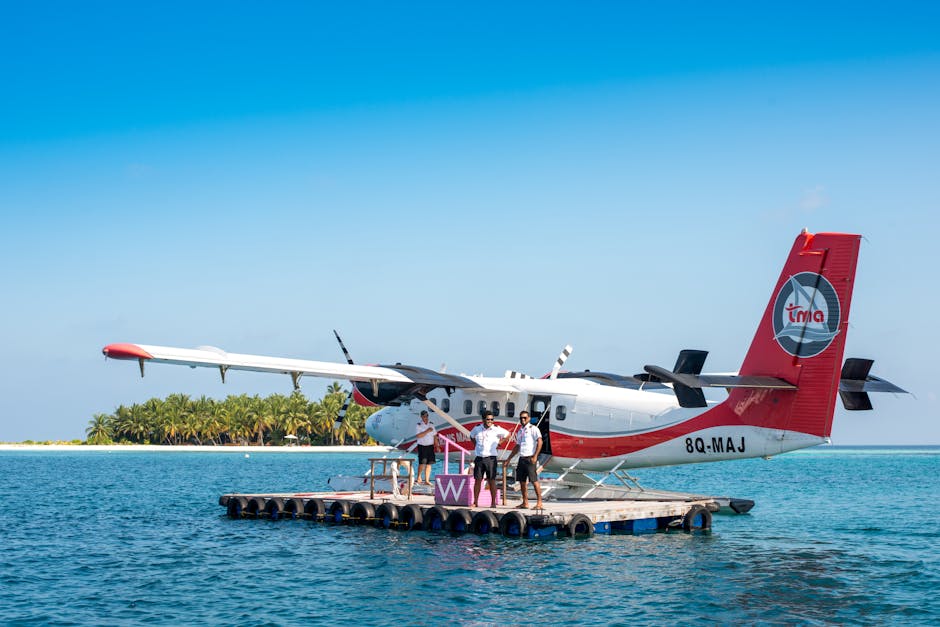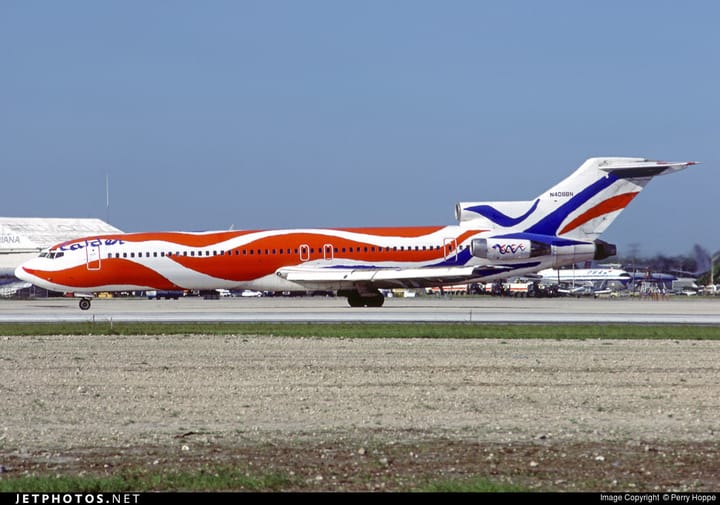From the earliest days of powered flight, the role of the pilot has been central to aviation. Skill, decision-making, and human intuition have traditionally defined what it means to be a pilot, especially in the high-stakes realm of military aviation. But as technology surges forward, an extraordinary shift is underway: artificial intelligence (AI) is not only matching the capabilities of human pilots in some scenarios—it is poised to surpass them. Recent tests by the US Air Force and industry partners have showcased AI's prowess in simulated dogfights, raising questions about the future of aerial combat, pilot roles, and even commercial aviation.
The Dawn of AI in the Cockpit
AI's journey into the sky is not new. Autopilots have existed for decades, handling routine tasks and long-haul stability. What’s changing now is the emergence of AI systems capable of making rapid, complex decisions traditionally reserved for highly trained pilots. These AI agents don’t just follow pre-set routes; they learn, adapt, and improvise in real time. The most headline-grabbing development comes from the US Air Force’s work with the X-62A VISTA (Variable In-flight Simulator Test Aircraft), a highly modified F-16 Fighting Falcon used as a flying testbed for advanced flight control systems.
During demonstrations in 2023, AI agents programmed into the X-62A went up against seasoned Air Force fighter pilots in simulated dogfights. The results? AI consistently held its own, executing maneuvers at the edge of the aircraft’s performance envelope—sometimes beyond what human pilots would attempt. This wasn’t just a party trick; it was a bold statement about the future of air combat and the role of automation in high-performance aviation.
How AI is Outperforming Even the Best Pilots
What makes AI so formidable in the cockpit? Unlike human pilots, AI does not tire, get distracted, or succumb to the physiological stresses of high-G maneuvering. Modern AI systems, particularly those using reinforcement learning, can process vast streams of sensor data in microseconds, evaluate countless tactical options, and execute commands instantly. In the X-62A VISTA tests, AI agents learned from millions of simulated engagements before ever entering the real aircraft, building a tactical repertoire no individual pilot could hope to match.
Key advantages of AI in the air include:
- Lightning-fast decision-making: AI can analyze threats and opportunities in real time, executing split-second maneuvers that would challenge any human pilot.
- Freedom from biological limits: AI is unaffected by G-force, fatigue, or stress, allowing it to push aircraft performance to the absolute limit.
- Continuous learning: AI learns from each engagement, refining tactics and adapting to new opponents or situations faster than any human training cycle.
- Complex multi-tasking: Advanced systems can manage electronic warfare, sensor fusion, and combat maneuvering simultaneously without cognitive overload.
Why This Matters: Transforming the Skies
The implications of AI outpacing human pilots are profound. For military aviation, it signals a new era where unmanned combat aerial vehicles (UCAVs) and AI-augmented fighter jets could take on the most dangerous or demanding missions. Human pilots may become mission commanders, orchestrating AI teammates from the cockpit or even remotely. This shift could dramatically reduce risk to human life in combat and enable new tactics that exploit AI’s unique strengths—such as swarming, coordinated multi-aircraft maneuvers, and persistent surveillance in hostile environments.
Beyond the military, AI’s rise has ripple effects for the broader aviation industry. Autonomous flight technologies are already improving safety, efficiency, and reliability in commercial airliners. AI-enabled systems can anticipate and manage in-flight anomalies, optimize flight paths for fuel savings, and even assist with air traffic management in increasingly crowded skies. As AI continues to mature, the line between pilot and machine will blur further, potentially leading to single-pilot commercial operations or even fully autonomous airliners in the decades to come.
Opportunities and Challenges Ahead
The rapid integration of AI into aviation is not without its challenges. Trust, transparency, and accountability are paramount—especially when lives are at stake. AI systems must be robust against cyber threats, adaptable to unforeseen scenarios, and capable of explaining their decisions to human operators. Regulators, manufacturers, and military agencies are working closely to ensure that AI augments, rather than replaces, human judgment—at least for now.
For pilots, the rise of AI is both a challenge and an opportunity. Rather than rendering pilots obsolete, AI may elevate their roles: enabling them to focus on strategic decision-making, mission planning, and oversight while delegating routine or high-risk tasks to their digital copilots. Training programs will evolve, emphasizing human-machine teaming, systems management, and the unique strengths of human intuition.
What’s Next? The Sky’s the Limit
The X-62A VISTA tests are just the beginning. The next decade will see rapid progress in AI pilot technologies, from swarming drones to fully autonomous fighter jets and, eventually, to commercial aviation. The fusion of human creativity and machine precision promises a future where flight is safer, more efficient, and more capable than ever before.
For aviation enthusiasts, this is a thrilling time. Just as the introduction of the jet engine revolutionized flight in the 20th century, AI is set to redefine what’s possible in the 21st. Whether you’re captivated by the roar of afterburners or the elegance of a perfectly executed maneuver, the sky is about to become a lot more interesting—and the pilots of tomorrow may not always have a heartbeat.
Conclusion: Embracing the Future of Flight
The evidence is clear: artificial intelligence is rapidly approaching, and in some cases exceeding, the capabilities of human pilots—especially in the demanding world of aerial combat. The successful demonstration of AI in the X-62A VISTA is a powerful signal that the era of autonomous and AI-augmented flight is here. For the aviation industry, this means safer skies, bolder missions, and new frontiers of innovation. For pilots and enthusiasts, it’s a call to adapt, learn, and get ready for the most exciting chapter in aviation history yet. The partnership of human expertise and artificial intelligence is set to soar, taking our dreams of flight further than ever before.

